The mysteries of 'topping off': Why workers erect trees and crack open a beer when they finish a building
Have you ever spotted a tree strapped to the top of a nearly-finished building and wondered what it's there for? You've just witnessed the ritual of 'topping out' – or 'topping off' – an arcane practice dating back thousands of years. Roderick Easdale explains.

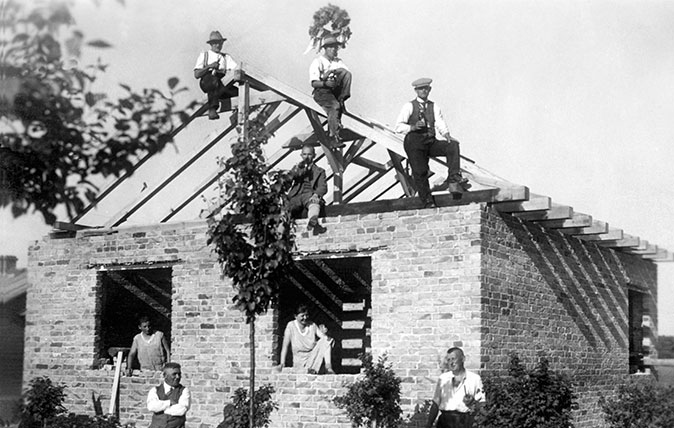
A fir tree in the house at Christmas is a common sight, but one perched on the topmost beam during the construction of a building? This bizarre practice may rather have fallen into abeyance in this country, but it’s a tradition with an even longer history than the celebration of Christ’s birth. The tree formed part of a ceremony designed to make peace with the gods.
Exactly when this topping-off tradition – also known as topping out – began is disputed. Some accounts track the first known instance to Egypt and the completion of the first pyramid. The workers placed a tree on top to honour their fellow builders who had died during construction, a tree being a sign of everlasting life.
In Scandinavia, a more widespread practice was followed. When the timber frame of a building was complete, a tree was placed on the highest point to appease the tree-dwelling spirits whose habitat had been disturbed. Whether the further disruption of chopping down another tree did the trick has to be a moot point.
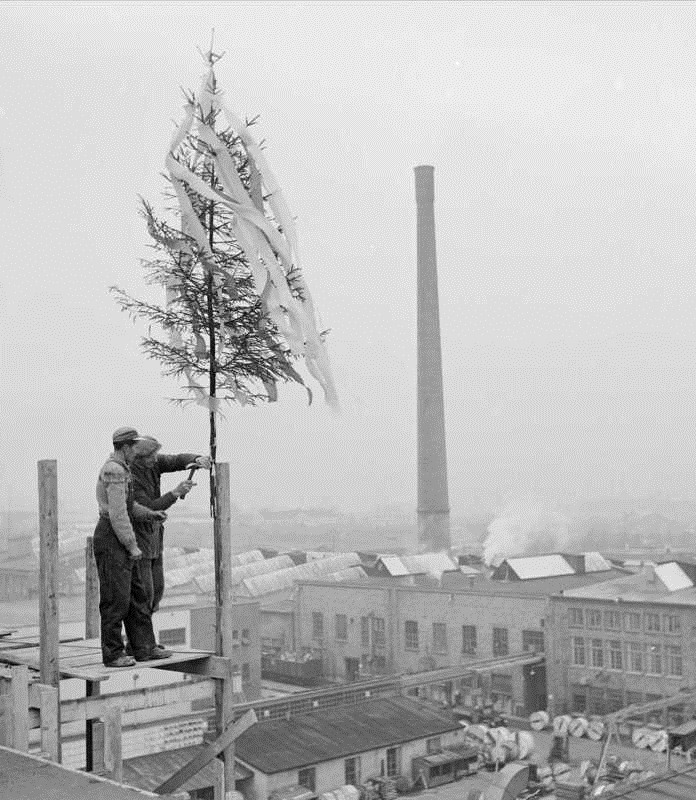
Another way to celebrate completion and to appease the gods was to place sheaths of grain for Odin’s horse, Sleipnir, on the topmost beam. In return, it was hoped that the Allfather would bestow good luck on the building and its inhabitants.
Viking invaders took the custom to Britain – and there the madness spread. Elsewhere, differing cultures absorbed it into their existing beliefs and rituals. In America, its popularity was said to be due to the Native American belief that no building should be taller than a tree; erecting one on top of the building was a way to get around this.
Flags were often also hoisted to signal that the frame was complete and were, in fact, commonly used on construction sites by those working on high to signal to those on the ground.
Flying one as part of a topping-off ceremony became a political gesture in 1920s America, when construction workers were accused of being unpatriotic in opposing the open-shop American Plan and wanting to negotiate through unions. As a way of proving their patriotic allegiance, many builders flew the Stars and Stripes at topping-off ceremonies alongside a tree or branch. Later, the custom changed; a fir tree was only erected if there had been deaths during construction and a flag sufficed.
Exquisite houses, the beauty of Nature, and how to get the most from your life, straight to your inbox.
Often, drinks or a meal were laid on for the builders as part of the ceremony. In the Netherlands and Flanders, there developed the tradition of pannenbier (literally ‘tile beer’), in which a flag was flown when the highest point of the building was in place and it wasn’t lowered until the building’s owner had provided the workers with free beer.
Should the owner fail to provide said beverages, a brush would be displayed on top of the structure. In Prohibition-era America, this was a sign of opposition to the Eighteenth Amendment.
There is a story of a Lancastrian teetotaller who refused to provide beer and instead gave each of his builders a copy of the Bible. The builders took them to the nearest pawn shop and, with the proceeds, bought their own beer.
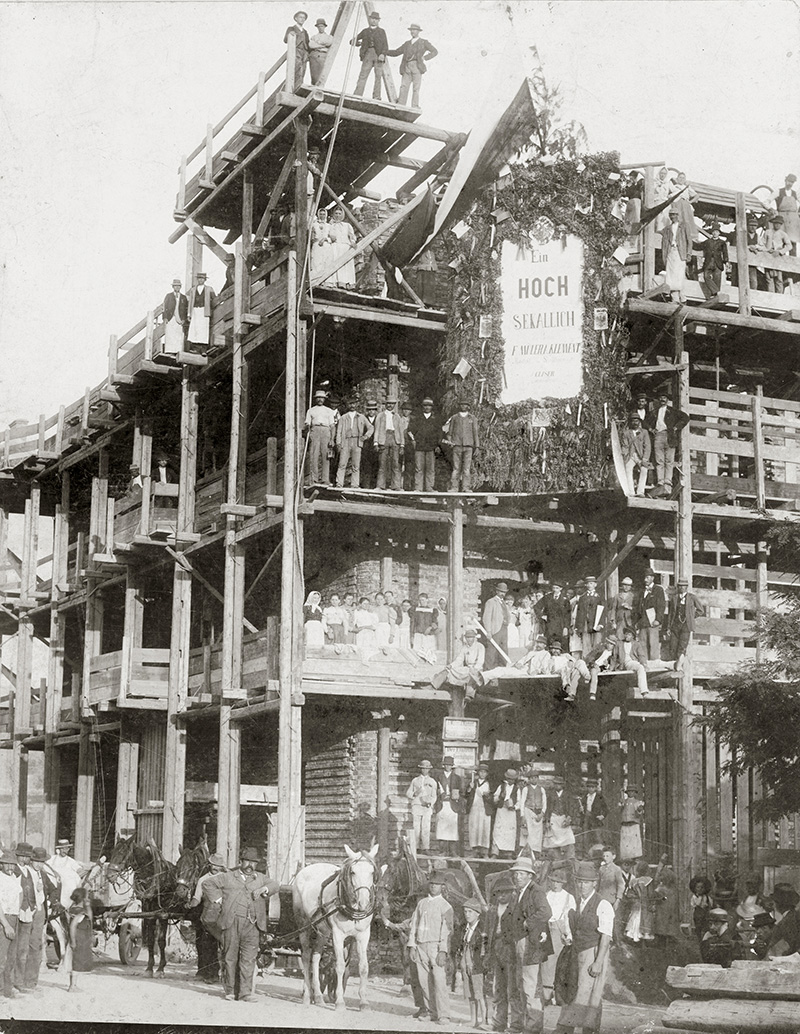
With more modern buildings of steel, rather than placing a branch or tree on top, the ceremony would involve the final beam being signed by those involved in construction.
These initials or signatures were not intended to be seen by the public. In this, they are distinct from the flamboyant personalisation of buildings such as at Hardwick Hall, where Bess of Hardwick, then the richest woman in England after Elizabeth I, crowned her statement home with her initials, E. S., elaborately carved in stone and set against the Derbyshire sky for all to see.
A little earlier in the 16th century at Yaldham Manor in Kent, where she was wooed by Henry VIII, Anne Boleyn had scratched her name into a window pane. Poor Anne got topped off in a literal way, but her window etching added to the rich history and attraction of the 14th-century property, when it was sold through Strutt & Parker in 2015 for £3.5 million.
When the Oakland Bay-San Francisco Bay Bridge was repaired after an earthquake in 1989, unbeknownst to the owners, the ironworkers welded a troll carrying an adjustable spanner to a side of the bridge. This couldn’t be seen by the public, only by those repairing or repainting the bridge.
Bill Roan, its creator, explained it was there to protect their work: ‘I like to think of him running round at night, tightening the bolts.’ In a way, this rebellious act returned the ceremony to something more private, for the workers only – and signing the beam is an idea which has remained popular.
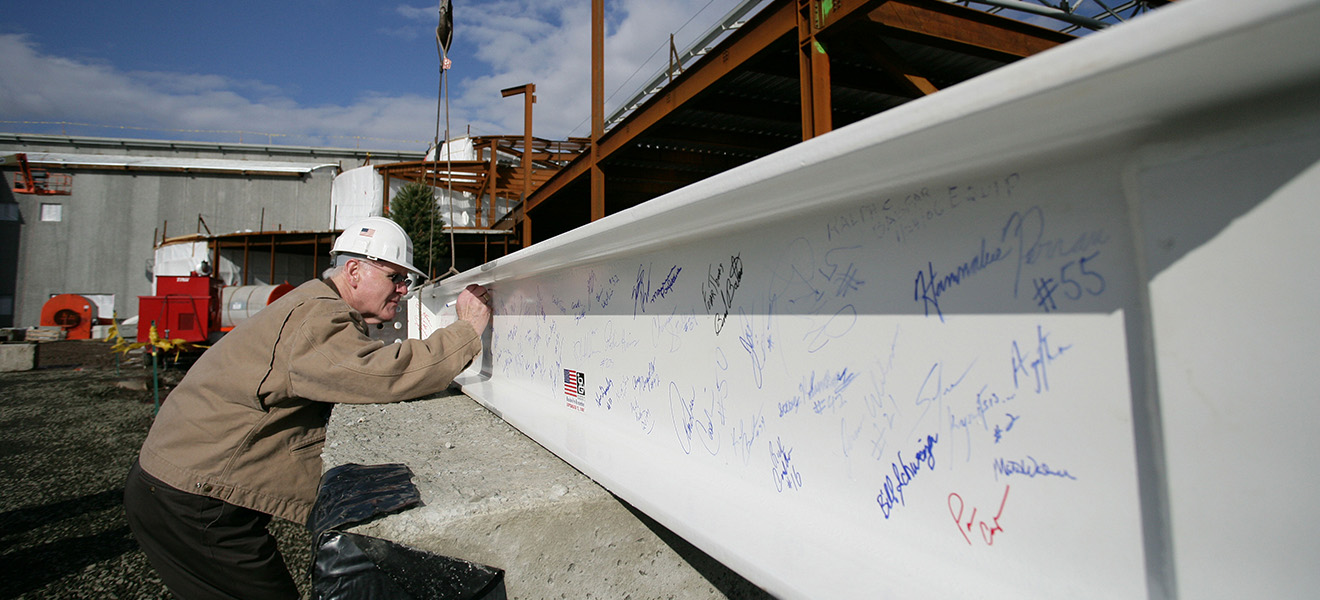
Over the centuries, the superstitions themselves have changed, as Hannah Cooper of Strutt & Parker explains: ‘We sold a property in Stowmarket where building work had led to the discovery of a mummified cat, a witch’s broom, a small skull and a pair of shoes. In the 16th and 17th centuries, when fear of witchcraft was at its height, cats were sometimes sealed into buildings after they were built, as they were regarded as companion spirits and it was believed that a witch, sensing its presence, would stay away.’
‘The vendors had kept the items in the house after discovery as they’d come across stories of people disposing of such things and something bad happening in the house,’ she continues. ‘The new owners kept them in situ, as they loved the idea of the house being blessed.’
So, if you’re renovating an old house and stumble across what looks like the remnants of a past Christmas celebration – or indeed a Halloween one – now you know why.
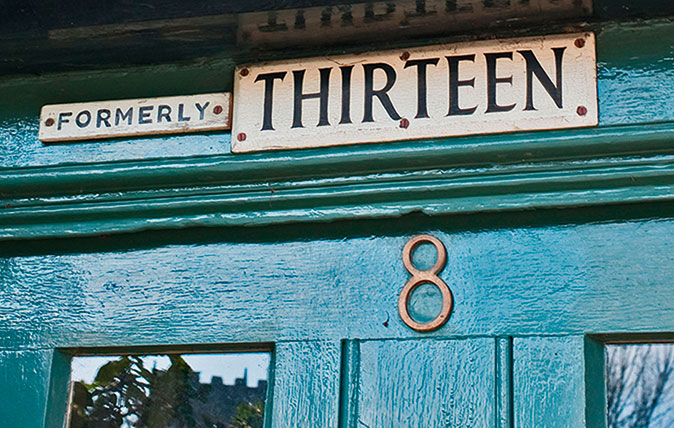
The bizarre superstitions that could see you lose out on a dream house – or help you get a bargain
From the seller who refused to take an extra £11,000 because it would have been bad luck to man who
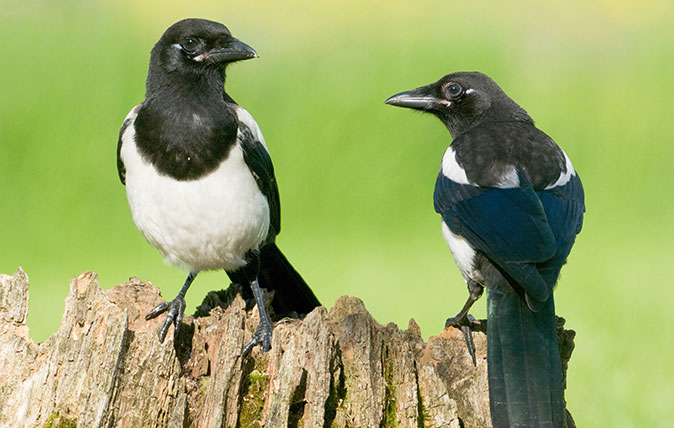
Credit: Alamy
10 famous country superstitions – and is there any truth in them?
We take a look at the reasoning behind some country superstitions like 'Red sky at night, shepherd's delight' and other
Country Life is unlike any other magazine: the only glossy weekly on the newsstand and the only magazine that has been guest-edited by His Majesty The King not once, but twice. It is a celebration of modern rural life and all its diverse joys and pleasures — that was first published in Queen Victoria's Diamond Jubilee year. Our eclectic mixture of witty and informative content — from the most up-to-date property news and commentary and a coveted glimpse inside some of the UK's best houses and gardens, to gardening, the arts and interior design, written by experts in their field — still cannot be found in print or online, anywhere else.

